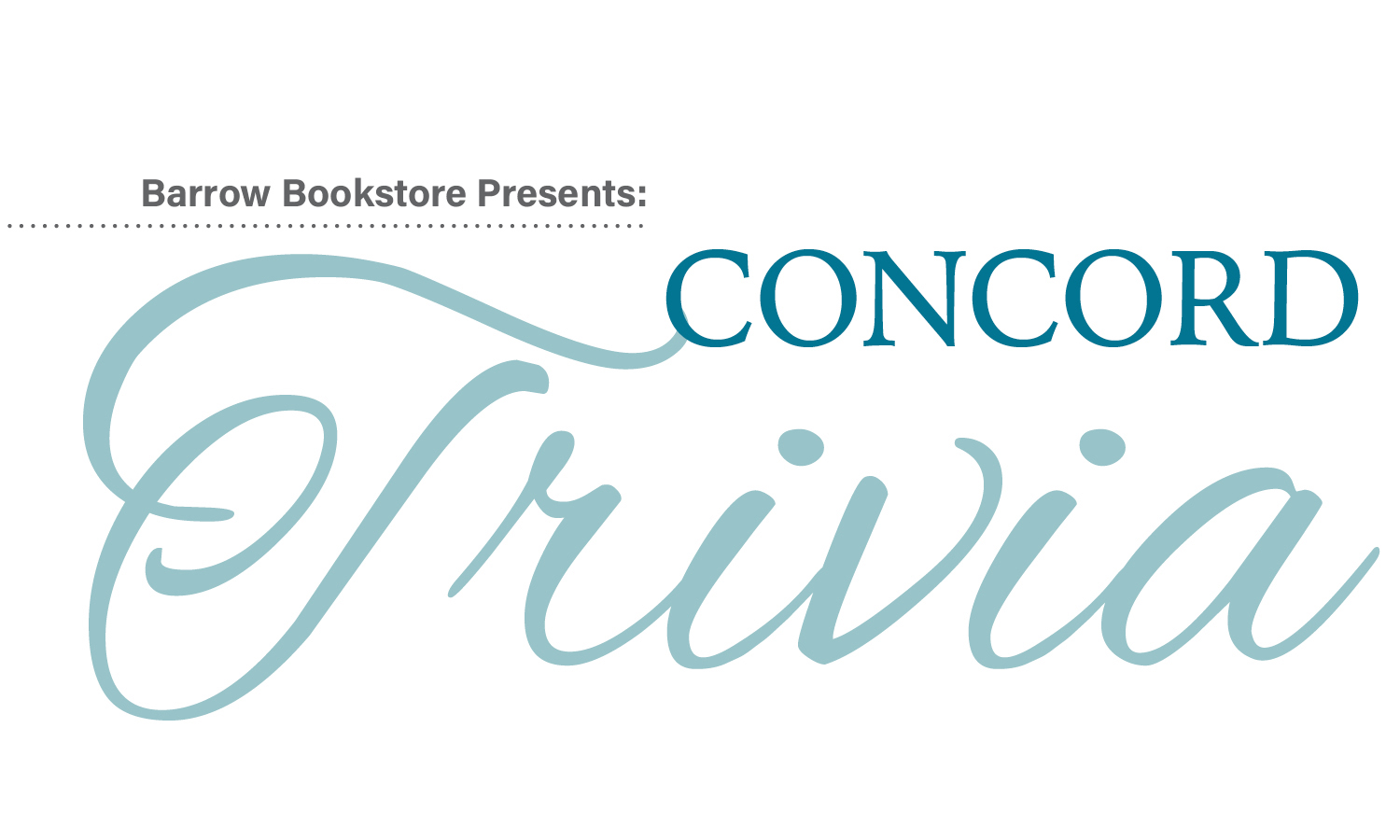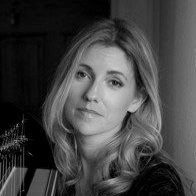
QUESTIONS
1. Complete the mission! Henry David Thoreau went to the woods by Walden Pond because he wished to live [how]?
A.
Archaically
B.
Contrarily
C. Deliberately
D.
Exorbitantly
E.
Simply
Click to show the answer
A. Archaically
B. Contrarily
C. Deliberately
D. Exorbitantly
E. Simply
Click to show the answer
Answer: C. Deliberately. In the concluding chapter of Walden (a book about his experiences living for two years, two months, and two days by Walden Pond), Thoreau wrote: “I went to the woods because I wished to live deliberately, to front only the essential facts of life, and see if I could not learn what it had to teach, and not, when I came to die, discover that I had not lived.”
(If you guessed “E. Simply”, you get half a point for recognizing Thoreau’s call in Walden to “Simplify, simplify.”)
2. In his famed book Walden, Concord author Henry David Thoreau wrote, “I rejoice that there are owls. Let them do the maniacal hooting for men.” Not all Thoreau’s contemporaries shared his owl rejoicing. An apocryphal tale passed down through time shares that writer Nathaniel Hawthorne and his wife, Sophia, moved into a Concord home where a taxidermied owl was perched in a room and constantly stared at them, its eyes seemingly following them wherever they moved. Legend says Sophia found the owl creepy and placed it in the home’s attic. The home has since become a museum open to the public and the owl has been moved back downstairs into a prime location for staring at you as you visit. Where can you subject yourself to its gaze?
A. The Concord Museum
B.
Thoreau’s Cabin replica by the Walden Pond State Reservation Visitor Center
C. The Wayside: Home of Authors
D.
The Old Manse
E.
Louisa May Alcott’s Orchard House
Click to show the answer
A. The Concord Museum
B. Thoreau’s Cabin replica by the Walden Pond State Reservation Visitor Center
C. The Wayside: Home of Authors
D. The Old Manse
E. Louisa May Alcott’s Orchard House
Click to show the answer
Answer: D. The Old Manse. Now a museum, The Old Manse was built in 1770 for Ralph Waldo Emerson’s grandfather, the Reverend William Emerson. Moving in on their wedding day, Nathaniel and Sophia Hawthorne rented the Old Manse from 1842 to 1845. The house came furnished and included the taxidermied owl which the museum dates to pre-Revolutionary War Era. You can visit the owl, and The Old Manse, at 269 Monument Street, Concord, MA.
3. You may have heard an old folk song called “There’s a Hole in the Bucket, Dear Liza.” The lyrics focus on Liza and Henry, a bickering couple who are trying to fetch water, but there’s a hole in the bucket and Henry is too dense to fix it. In 1880, if Liza and Henry moved to a Main Street house in Concord, Massachusetts, their water fetching problem might be solved. Could this be because:
A.
By the 1880s, buckets were made of synthetic fibers and never leaked.
B.
Two-family houses were being built and Liza and Henry could live separately and not have to interact over water bucket issues.
C.
A water supply system brought water directly into houses.
D.
After nearly two centuries stuck in the same song, Liza and Henry had turned away from water to something stronger.
Click to show the answer
A. By the 1880s, buckets were made of synthetic fibers and never leaked.
B. Two-family houses were being built and Liza and Henry could live separately and not have to interact over water bucket issues.
C. A water supply system brought water directly into houses.
D. After nearly two centuries stuck in the same song, Liza and Henry had turned away from water to something stronger.
Click to show the answer
Answer: C. A water supply system brought water directly into houses. In 1872, Massachusetts General Law Chapter 188 authorized Concord to establish a water supply system to “supply itself and its inhabitants with pure water to extinguish fires, generate steam, and for domestic and other uses.” By 1874, a water delivery system began to be installed throughout the town delivering water directly to some houses and expanding over time.
4. Concord’s original municipal water supply source came from:
A. The Concord River
B.
Walden Pond
C. The Milldam
D.
Sandy Pond
Click to show the answer
A. The Concord River
B. Walden Pond
C. The Milldam
D. Sandy Pond
Click to show the answer
Answer: D. Sandy Pond. The town of Concord was further allowed to “take and hold, by purchase or otherwise, all necessary lands” for collecting water and establishing a piping infrastructure.
5. Which famous author described Concord, Massachusetts, as “The biggest little town in America.”
A.
Henry Adams
B.
Henry James
C.
Henry David Thoreau
D.
Henry Wadsworth Longfellow
Click to show the answer
B. Henry James
C. Henry David Thoreau
D. Henry Wadsworth Longfellow
Click to show the answer
Answer: B. Henry James. Between 1904-1905, writer Henry James traveled throughout the East Coast of America writing essays about the places he visited, including Concord. James described Concord as “the biggest little town in America,” and, tongue-in-cheek, criticized Concord for its constant “tendency to improve.” James’ collected essays may be read in his 1907 book The American Scene, published by Chapman and Hall, London.
6. The famous Battles of Lexington and Concord occurred on what date?
A.
June 17, 1775
B.
May 10, 1775
C.
April 23, 1775
D.
April 19, 1775
Click to show the answer
A. June 17, 1775
B. May 10, 1775
C. April 23, 1775
D. April 19, 1775
Click to show the answer
Answer: D. April 19, 1775.
7. The American Revolutionary War officially began after the Battles of Lexington and Concord. More Royal Navy Ships left England and headed to America. True or False: The Royal Navy was commanded by King George III’s younger brother, Prince Henry, Duke of Cumberland.
Click to show the answer
Click to show the answer
Answer: False. Although he was an appointed Vice-Admiral in the Royal Navy, Prince Henry, Duke of Cumberland, did not assume active command. Instead, he became founder and patron of the Cumberland Fleet which stayed in England and competed in races against each other, eventually becoming a yacht club.
8. True or False: The April 19, 1775, battle at Concord’s North Bridge was fought between the British and the American Continental Armies.
Click to show the answer
Click to show the answer
Answer: False. The colonists who faced the British Army on April 19, 1775, were militia members. The Continental Army was officially established about two months later on June 14, 1775.
9. During the American Revolutionary War, the King’s troops wore red uniform coats. The color inspired many nicknames and myths. What is the most likely reason their jackets were red?
A.
They could see each other better in the fog.
B.
The red camouflaged blood stains.
C.
The red dye was cheap and proven to hold fast when wet.
D.
The brightly dyed color represented fiery resolve.
Click to show the answer
A. They could see each other better in the fog.
B. The red camouflaged blood stains.
C. The red dye was cheap and proven to hold fast when wet.
D. The brightly dyed color represented fiery resolve.
Click to show the answer
Answer: C. The red dye was cheap and proven to hold fast when wet.
10. Anna Alcott (Louisa May Alcott’s older sister and model for Meg in Little Women) and her husband John Bridge Pratt were both great-grandchildren of American Revolutionary War soldiers. They married at the Alcott family’s Orchard House on May 23, 1860. What color was Anna’s wedding dress?
A.
Gray
B.
Green
C.
White
D. Brown
Click to show the answer
A. Gray
B. Green
C. White
D. Brown
Click to show the answer
Answer: A. Gray. Visit the parlor where Anna was married at Louisa May Alcott’s Orchard House, 399 Lexington Road, Concord, MA.
Contact Barrow Bookstore for a list of sources. Barrowbookstore@gmail.com.
————————————————————————
For more than 50 years, Barrow Bookstore has been a favorite of residents and visitors alike, specializing in Concord authors and history, children’s books and literature. The shop also provides a wide array of gently read and rare titles ranging from paperbacks to first editions and original manuscripts. Staff members have all worked as tour guides and reenactors in Concord and are happy to share their knowledge about the town and its history. Discover more at barrowbookstore.com.


